Peat pots for seedlings, how to choose, pros and cons

Many heat-loving plants in temperate and cold climates need to be grown through sowing seedlings. This is done by filling various containers with soil. In recent years, there have been a lot of seedling containers on the market, including peat pots for seedlings. Gardeners and gardeners have an ambiguous attitude towards them. Let's try to understand the pros and cons of these horticultural products.
Content:
- Advantages of peat pots for seedlings
- Disadvantages of peat pots for seedlings
- What does the market offer from peat pots for seedlings?
Advantages of peat pots for seedlings
In the recent past, the only way to grow seedlings was to make a wooden box for them. In addition, especially thrifty gardeners collected paper cups in which ice cream was hung in stores. Particularly handy craftsmen rolled cups from old newspaper folded in several layers.
At transplantation seedlings from common boxes, the root system was very often damaged, the seedlings were sick, and sometimes they were simply not accepted and died, and paper and newspaper cups could fall apart even before the seedlings grew to the desired size.
When dairy products and juices began to be sold in plastic or especially durable paper containers, after consuming the contents, the packaging was washed and used for seedlings, which sometimes negatively affected the health of the roots and young plants.
A little time passed and the industry mastered the production of containers for seedlings made of plastic of various compositions. These pots and containers have many advantages, but there is also a significant disadvantage - they do not decompose in the soil and are a factor in polluting the environment.
From this point of view, the appearance of peat pots was a significant positive development, since they were made from natural materials that are not only capable of decomposing in the soil, but also being a kind of organic fertilizer for it. The following advantages of peat pots were:
- protection of the root system during transplantation
- low price
- convenient size range
However, such a seemingly natural and environmentally friendly container for growing seedlings turned out to have a significant number of disadvantages.
Disadvantages of peat pots for seedlings
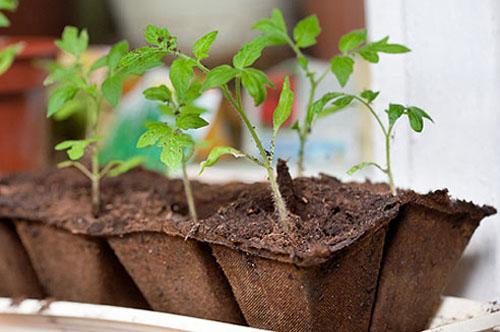
The most significant disadvantages:
- rapid drying of the soil
- deformation during irrigation
- inhibition of root growth due to long decomposition in the soil
- slowdown in the growth of certain types of seedlings due to chemical composition
If everything is more or less clear with the first two points, then we will dwell on the next two in more detail. Sometimes pots are called peat only conventionally. The amount of peat in the mixture from which they are made is very small. They add:
- paper production waste
- wood fibers
- chalk mass
Therefore, upon disembarkation into the ground, the glass may not dissolve within two to three weeks, but remain intact for one to two months. Considering the small volume of peat pots, you can understand that the roots simply have nowhere to grow.It is important when planting a plant together with a peat pot, to make a couple of cuts on the sides, this will help it dissolve faster and the roots to gain freedom.
When purchasing peat pots, it is advisable to familiarize yourself with their composition. Chalk, which is added during production, will be released into the soil and affect the acidity of the soil, reducing it, and if chalk is not added, then the soil may be more acidic than the plants require, because peat has the ability to acidify the soil.
This factor also needs to be taken into account. Thus, if you do not get rid of the last two shortcomings completely, you can reduce them to a minimum. In addition, when making a choice, you need to familiarize yourself with what the modern market can offer?
What does the market offer from peat pots for seedlings?
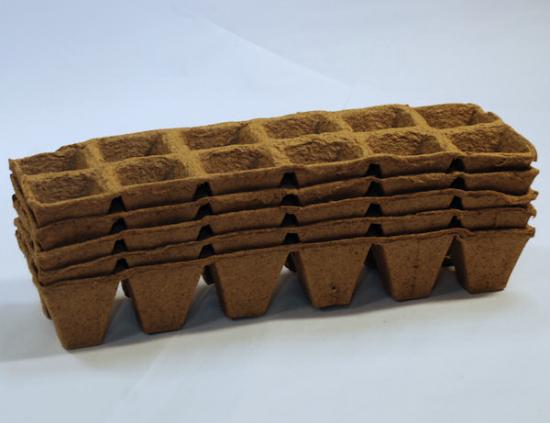
Choosing peat pots domestic manufacturer, try to buy products with the addition of peat, and not from almost pure cardboard. It is best if cellulose or wood fibers are added to the peat during the production of pots. The walls of such pots should not be too thin, but thick ones will not work either.
It is optimal if they are about 1.5 mm - 2 mm thick. Products from a Norwegian company with the brand name Giffy have appeared on the Russian market, which can be called a trendsetter in the production of containers for seedlings. The founders of the brand created their first huminalpot - a pot made of peat and wood fiber - by 1953. The main purpose of such a pot is to protect the roots of seedlings during transportation and planting in the ground.
Norwegian huminalpot pots became famous in 1955, when the United States became interested in them. In the American market, peat pots were sold under the name jiffy. All these years the range has been expanding.By the beginning of the new millennium, factories producing jiffy pots, peat pellets, peat tablets, coconut fiber briquettes, and mini-greenhouses were built in different countries:
- Denmark
- USA
- Japan
- Spain
Modern peat pots from this company are presented on the Russian market in two versions:
- giffy - pot, simple peat pots without a protective shell
- giffy - speedypot, pots in a special protective shell made of corn leaves
Currently, there are also high-quality domestically produced peat pots. Upon external inspection, unsuitable pots with a high cardboard content have denser and smoother walls. Whereas peat ones are looser with more uneven and rough walls. Choosing one or another product to obtain high-quality and healthy seedlings remains with the consumer.
Video on how to use peat pots:

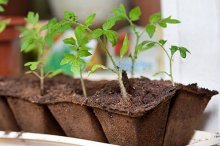
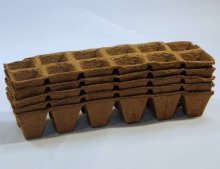
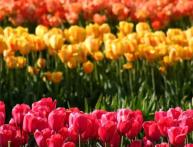
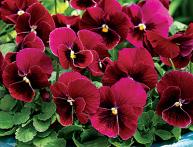
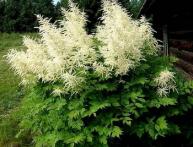
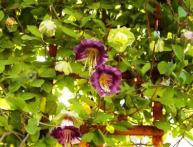

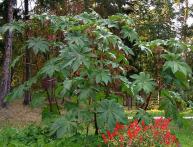
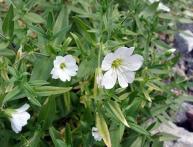
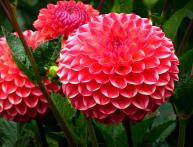
Comments
Peat pots are very convenient for growing seedlings because they act as organic fertilizers for the plant when planted in the ground. To ensure that the pot does not interfere with the development of roots, the pot should be carefully cut before planting the plant in the ground.